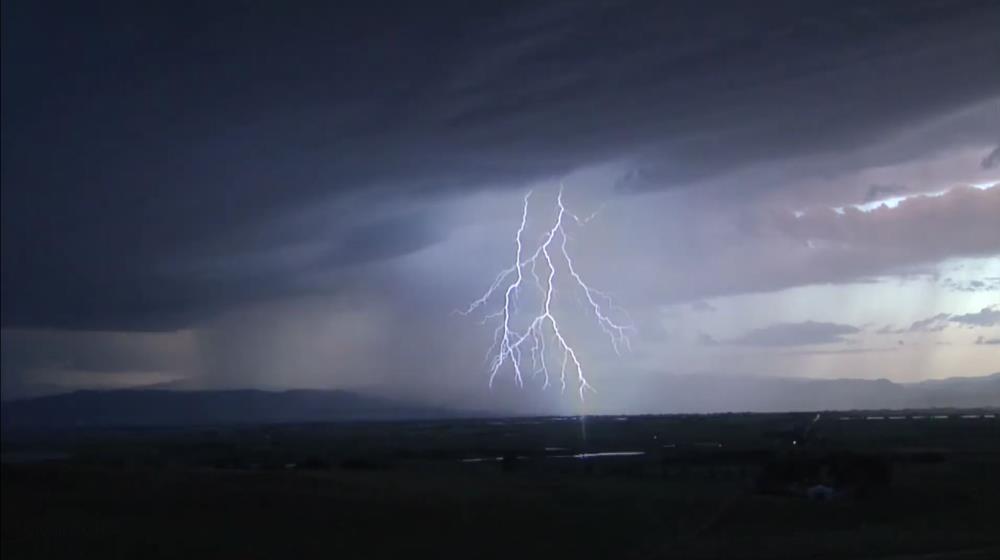
Related items loading ...
Section 1: Publication
Publication Type
Thesis
Authorship
Bryan, Tyler
Title
Assessment of Duckling Abundance as a Biological Indicator of Wetland Health in the Prairie Pothole Region
Year
2022
Publication Outlet
USASK Harvest - Theses and Dissertations
DOI
ISBN
ISSN
Citation
Bryan, Tyler (2022) Assessment of Duckling Abundance as a Biological Indicator of Wetland Health in the Prairie Pothole Region, USASK Harvest - Theses and Dissertations,
https://hdl.handle.net/10388/14291
Abstract
Located in the central portion of North America, the Prairie Pothole Region (PPR) is one of the most biologically productive ecosystems in the world. Since European settlement, the region has undergone extensive human development, largely from agricultural practices, urban settlements, and in-part from climate change. Wetlands are often the last remaining natural ecosystems in many parts of the PPR, and they harbor critical habitat for numerous organisms, including nesting and stop-over habitat for the majority of North America’s waterfowl. Due to widespread impacts from agricultural practices, the health and condition of wetlands is frequently degraded across the PPR which may affect their ability to support key species. I hypothesized that the presence and productivity of locally breeding waterfowl may be indicators of wetland condition. I investigated relationships between duckling abundance and measurements of wetland quality to determine the potential use of ducklings as biological indicators of wetland health. In 58 wetlands located at 6 transect sites in central Saskatchewan over 2 years (2018-2019), I examined multiple factors which may determine wetland health including water quality (e.g. pH, conductivity, and Pesticide Toxicity Index), habitat characteristics (e.g. floating vegetation density, maximum water depth, percentage of surrounding grassland, and the extent of degradation of adjacent terrestrial wetland vegetation from agricultural practices), aquatic macroinvertebrate abundance and biomass, and duckling counts of dabbler species derived from bi-weekly surveys throughout the brood-rearing season. I tested relationships between dabbling duckling abundance and several wetland health measurements using generalized linear zero-inflated Poisson models. Model-averaged parameters and 95% confidence intervals (CI) indicated a significant negative effect of conductivity [-0.35 (CI: -0.83, -0.05)], a moderate adverse impact from pH [-0.26 (-0.75, 0.01)], and a slight negative, but nonsignificant effect from pesticides measured using an acute Pesticide Toxicity Index [-3.85 (-8.71, 0.54)]. Based on model-averaged confidence intervals, I found that floating vegetation density negatively impacted dabbling duckling abundance [-0.016 (-0.026, -0.006)], while maximum water depth of wetlands had a positive effect [0.703 (0.391, 1.015)]. Lastly, I found a positive association between aquatic macroinvertebrate abundance and dabbling duckling abundance (SE= 0.1144; P-Value= 0.0374). Based on my findings and the current understanding of the relationship between wetland characteristics and biological productivity, I conclude that duckling abundance could potentially be used as a biological indicator of wetland health in the PPR. This insight may be useful for wetland conservation efforts in the region due to the high likelihood that human impacts from agrochemicals, drainage, and vegetation removal will continue to increase and the costs to monitor wetlands is high using traditional methods. Therefore, it is necessary to have accessible integrative tools for effectively monitoring wetland health. Based on results of my study, I suggest that surveys of duckling abundance could aid in this effort.
Plain Language Summary


 GWFNet
GWFNet Master
Master Data
Data Research
Research Map
Map
 Advanced
Advanced . . .
. . .

 Metadata Editor
Metadata Editor
 Record List
Record List
 Alias List Editor
Alias List Editor
 Legacy sites
Legacy sites